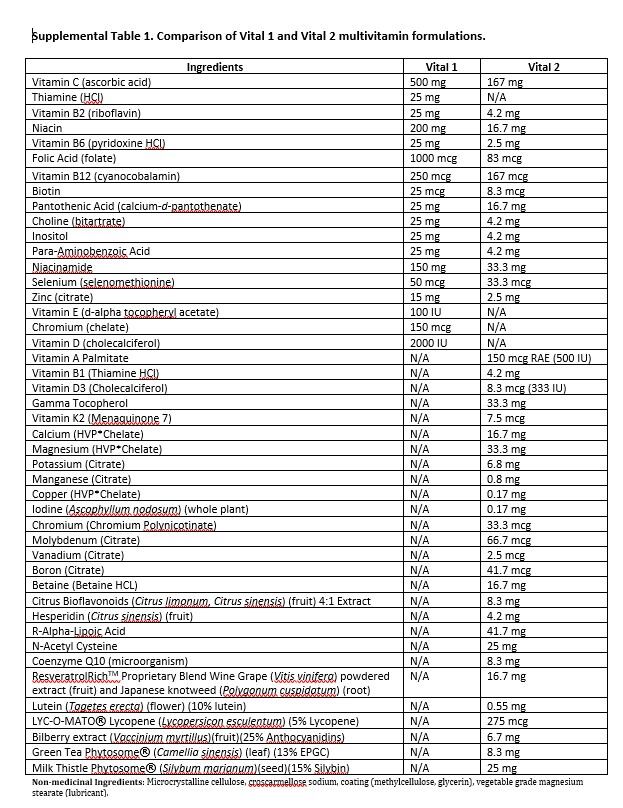Data published in Journal of Clinical & Translational Endocrinology indicated almost half of the participants with prediabetes and diabetes regressed to normal blood sugar levels and control after one year of consuming a specially designed multivitamin and mineral that also contained ingredients such as lutein, lycopene, bilberry extract, resveratrol and a host of other bioactives.
“Our results suggest that a relatively straightforward preventative health program that provides nutritional supplementation may have the potential to reduce the risk of diabetes and improve glycemic status in individuals at risk,” wrote the researchers.
“The combination of nutritional supplements taken by the Vital 2 participants was associated with a reduced risk of progressing from normoglycemia to prediabetes and an increased likelihood of a prediabetic participant improving to normoglycemia, changes that were sustained at two years after program entry.”
Study details
The researchers, led by Samantha Kimball from the Pure North S’Energy Foundation in Canada (a not-for-profit wellness program based in Calgary), compared over 1,000 participants in the Pure North program that received vitamin D drops (1,000 IU/drop) plus a limited multivitamin alone (Vital 1) or the vitamin D drops plus a more extensive multivitamin and mineral, plus omega-3 fatty acids (Vital 2). For a detailed breakdown of the two multivitamins please refer to the figure below.
Blood levels of vitamin D (25(OH)D concentrations) increased significantly in both groups over 12 months. On the other hand, only Vital 2 was associated with significant reductions in glycated hemoglobin (HbA1c), which is a marker of long-term presence of excess glucose in the blood, and high-sensitivity C reactive protein (hs-CRP), a marker of inflammation. were

“At one year, 8% of Vital 2 and 16% of Vital 1 participants progressed from normoglycemia to prediabetes/diabetes, whereas 44% of Vital 2 and 8% of Vital prediabetes/diabetes subjects regressed to normoglycemia,” wrote the researchers.
“Vitamin D combined with other nutrients was associated with a reduced risk of progression to diabetes and with an increased rate of reversion to normoglycemia in high risk participants,” wrote the researchers.
“The results suggest that nutrient supplementation regimes may provide a safe, economical and effective means for lowering diabetes risk. Further examination of this potential via randomized controlled trials is warranted.”
Source: Journal of Clinical & Translational Endocrinology
Volume 10, Pages 28-35, doi: 10.1016/j.jcte.2017.11.002
“Effect of a vitamin and mineral supplementation on glycemic status: Results from a community-based program”
Authors: S.M. Kimball et al.

